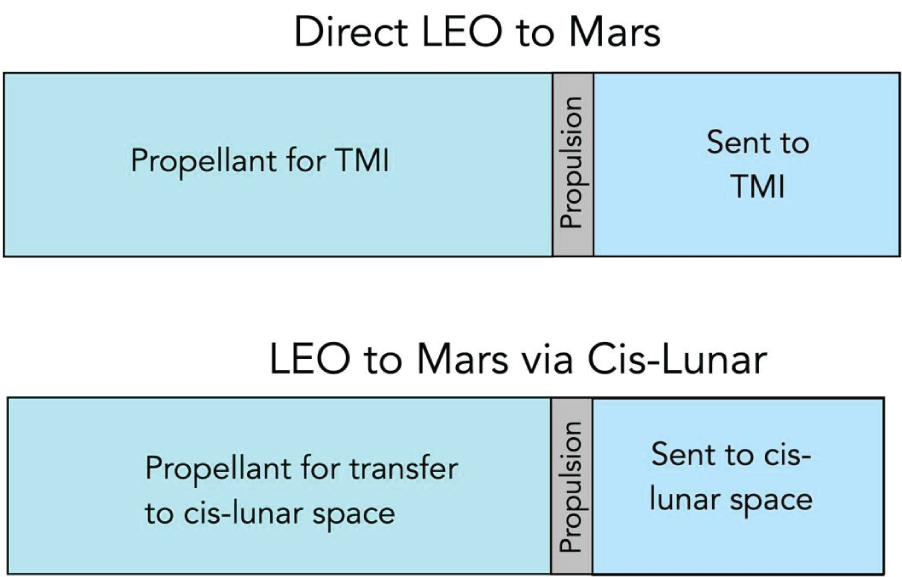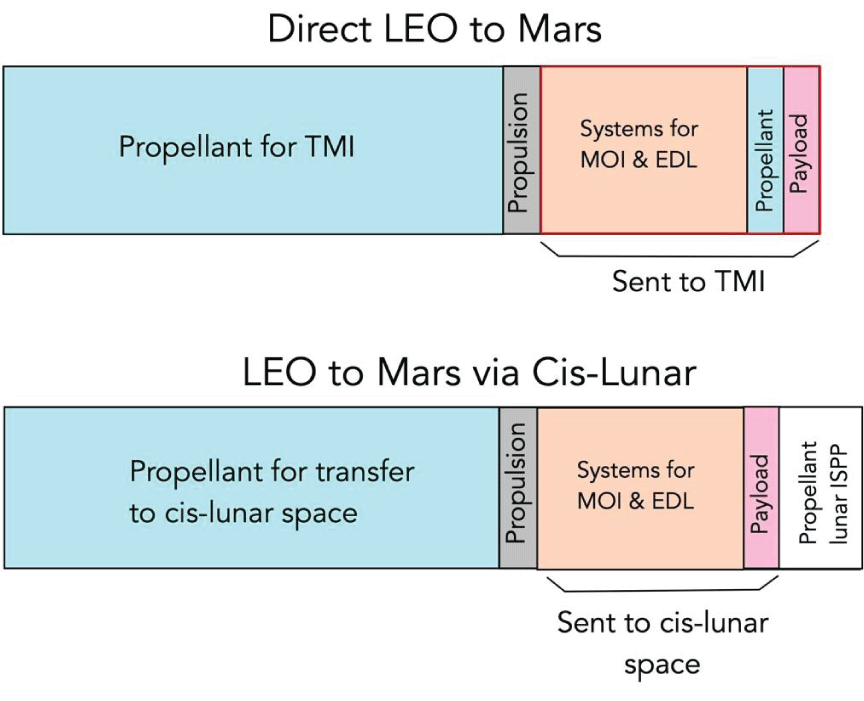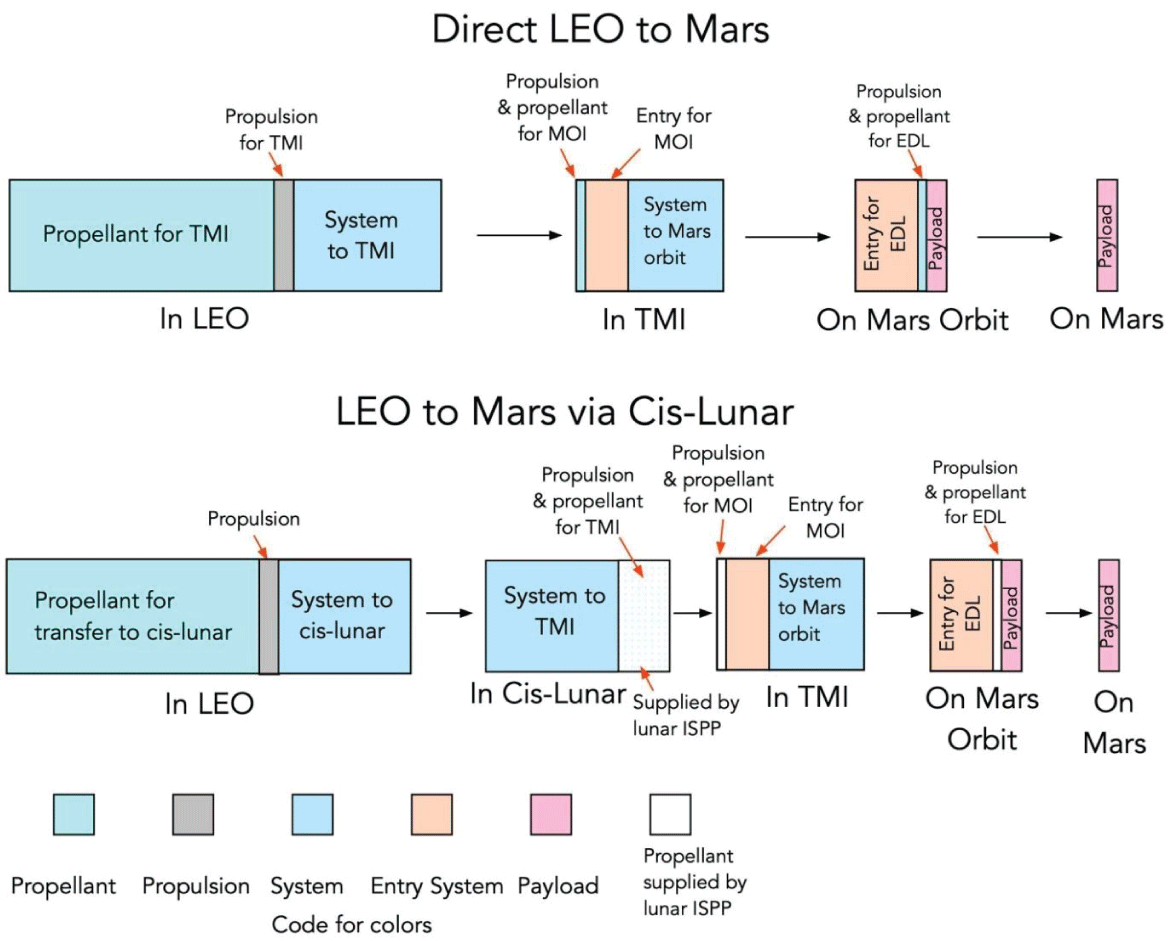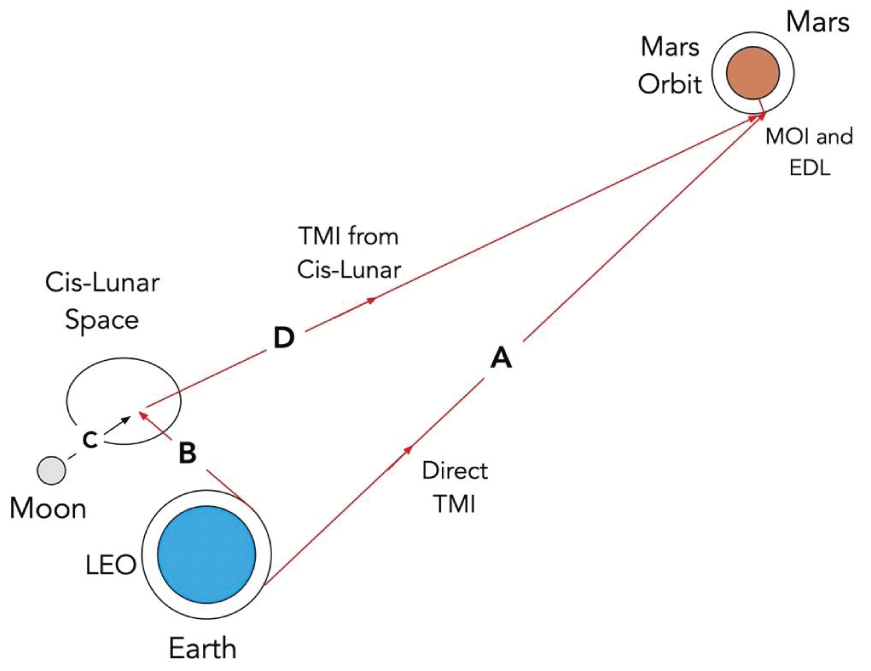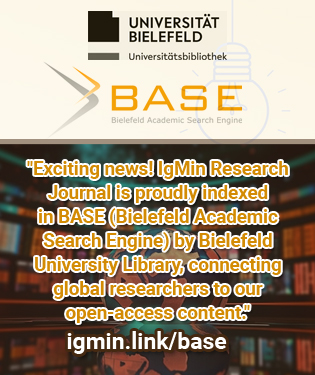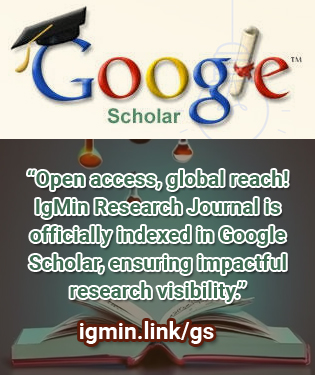要約
The conventional method to send payloads to Mars is by direct trans-Mars injection (TMI) from LEO. NASA is considering an alternative of fueling large Mars-bound cargo transfer vehicles in cis-lunar space with propellants derived from the Moon by in situ propellant production (ISPP) prior to trans-Mars injection from cis-lunar space.
A large team of investigators developed an Evolvable Lunar Campaign (ELC) that defined its strategic objective as follows:
"The ELC strategic objective is commercial mining of propellant from lunar poles where it will be transported to lunar orbit to be used by NASA to send humans to Mars."
Unfortunately, sending Mars-bound vehicles to cis-lunar space prior to trans-Mars injection saves little mass in LEO, unnecessarily includes lunar ISPP, which is costly, complex, and risky, and at the bottom line, has no benefits.
The problem is that the amount of propellant needed to go from LEO to cis-lunar space is roughly comparable to the amount of propellant used for direct TMI from LEO, so the lunar-derived propellants only offset a small amount of propellant used to augment Mars Orbit Insertion and Entry, Descent, and Landing, and the amount of propellant required in LEO is almost the same in both cases. The initial mass in low Earth orbit (IMLEO) is not reduced much by utilizing lunar ISPP.
At the bottom line, sending Mars-bound MCTV to cis-lunar space adds complexity, cost, and risk and provides essentially no benefits.




